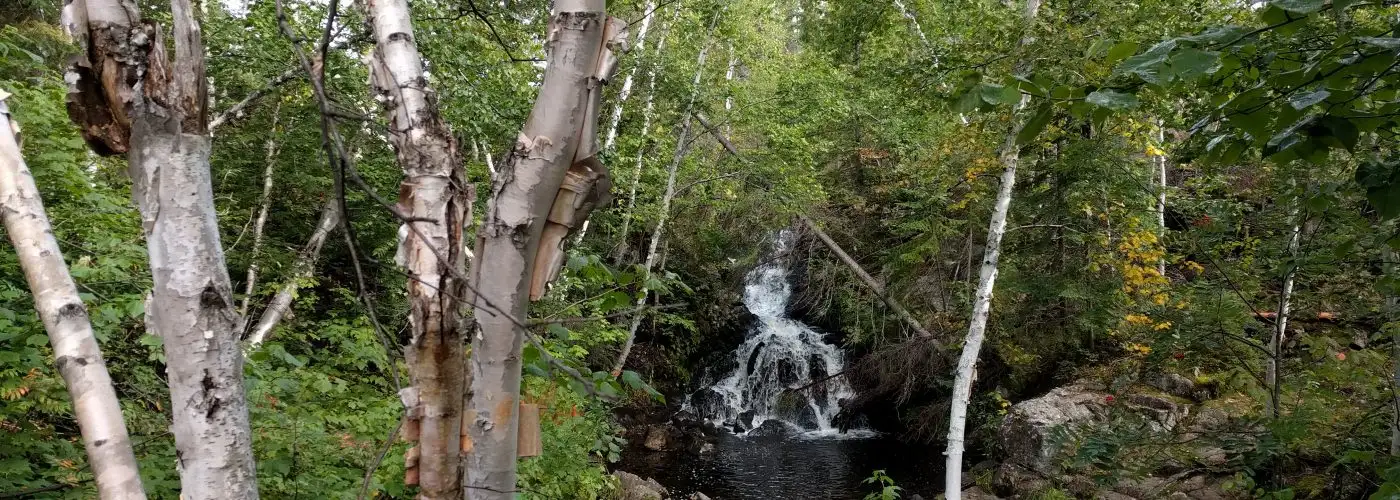My first glimpse of Quebec’s Abitibi-Temiscamingue region was from the window of a tiny propeller plane shuddering its way down through a rough patch of clouds. I saw trees, lots of them, a rich green carpet of firs, spruces, birches, and aspens, interrupted only by the occasional lake. From above, it was a landscape that appeared clean and unspoiled. And that impression didn’t change after I landed.
I’d been to the province of Quebec before, but only to the urban areas most tourists visit: Montreal and Quebec City. Abitibi-Temiscamingue, often called Abitibi for short, is located on the other side of the province, bordering Ontario—and it feels a world away.
You won’t find the centuries-old cobblestone streets that you would in Montreal or Quebec City; instead, many of Abitibi’s settlements still feel like the gold-rush frontier towns they once were. Home to Canada’s largest open-pit gold mine, the Abitibi region has long been known for its mining industry. But tourism is on the rise—especially among adventurous travelers looking for pristine natural landscapes, friendly locals, blissfully untouristy towns, and plenty of outdoor adventure.
The region’s name comes from two Algonquin words. Abitibi means “place where the waters divide,” describing the way rivers in the northern part of the region flow into the Hudson Bay while those in the southern part drain into the St. Lawrence River. Temiscamingue means “place of deep waters,” which is appropriate considering this area has more than 20,000 lakes and rivers.
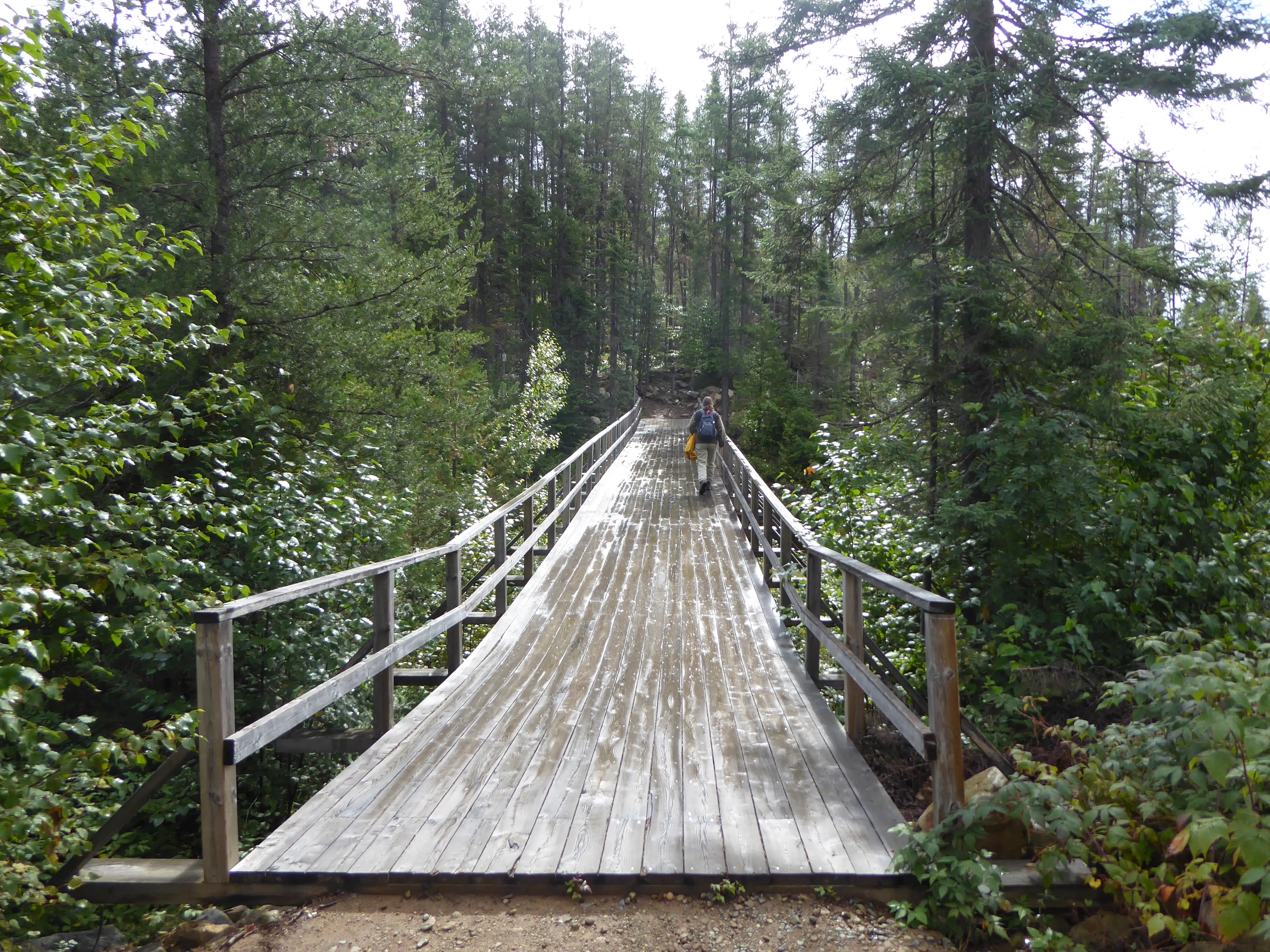
Aiguebelle National Park
My first stop in Abitibi was Aiguebelle National Park, which one local described to me as “the intimate national park.” She wasn’t wrong. Aiguebelle’s uncrowded hiking trails, serene lakes, and rustic wood cabins offer a unique alternative to the bustling overlooks at better-known Canadian national parks like Banff and Jasper.
The most popular trail here is La Traverse, a moderate hike that boasts surprising variety within a two-mile loop, including waterfalls, scenic viewpoints, geological features, and a suspension bridge high above La Haie Lake. Besides hiking, other activities in the park include fishing, kayaking, canoeing, and snowshoeing—but keep an eye out for moose.
To fully appreciate Aiguebelle’s charms, spend at least one night in the park. While tents, campsites, and “rustic” cabins (read: no water or electricity) are available, the most comfortable options are chalets featuring a kitchen, an indoor bathroom, running water and electricity, and lake- or riverfront views. At night you can toast marshmallows over an outdoor fire, gaze up at a sky strewn with stars, and fall asleep to that rarest of sounds: perfect silence.
Fort Temiscamingue National Historic Site
Once home to the Algonquin people, and then a vital trading post where French and English trappers struggled for control of the local fur trade, Fort Temiscamingue is one of Abitibi’s most important historical sites. You can check out educational exhibits, walk along a trail with informative displays, and enjoy a picnic overlooking Lake Temiscamingue.
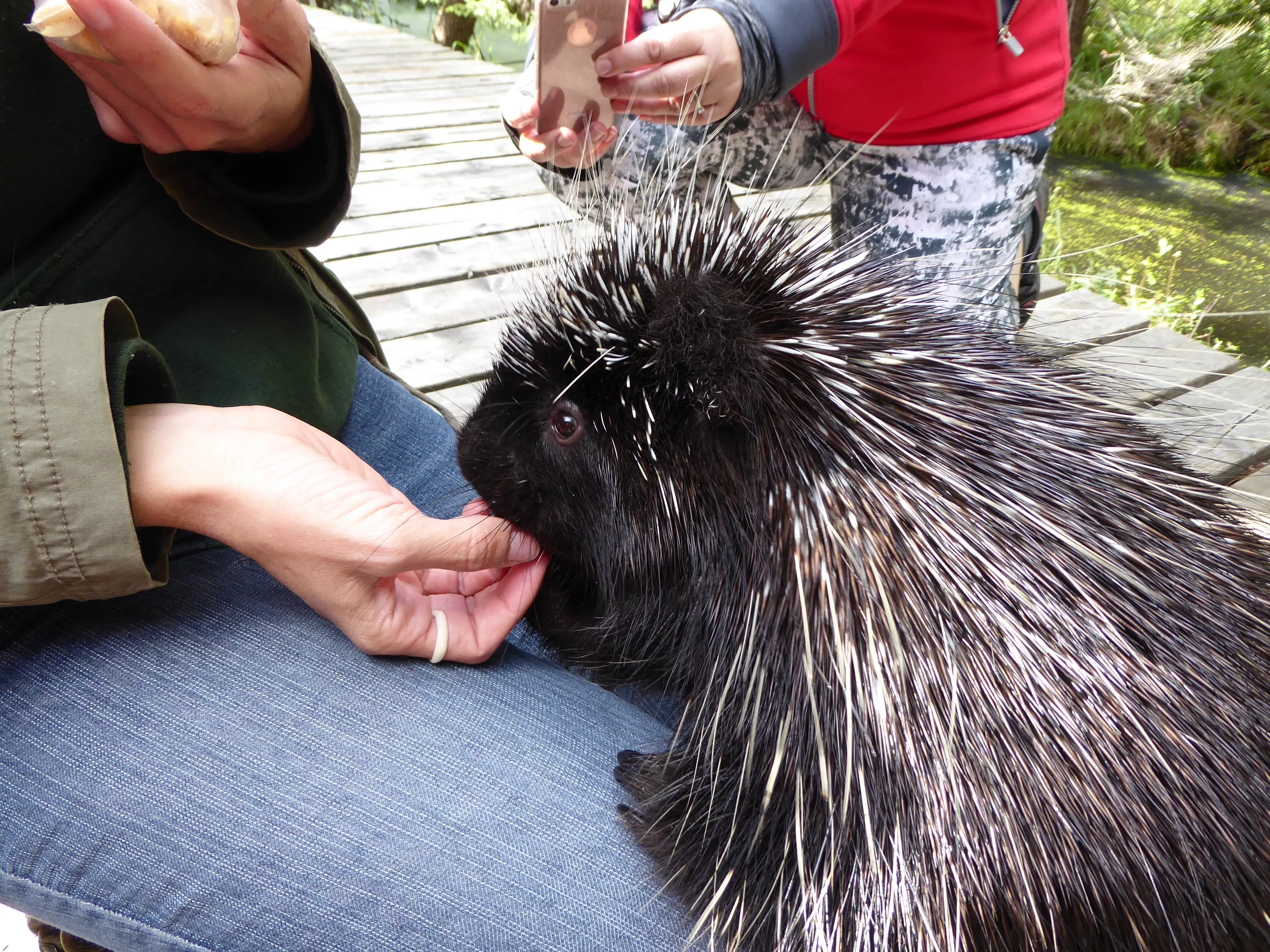
Refuge Pageau
Animal lovers shouldn’t miss a visit to this wildlife refuge in Amos, which adopts injured or orphaned creatures such as wolves, bears, foxes, and birds of prey. Meet their uniquely named animals, like bald eagles Sarah Palin and Hillary Clinton, Banana the baby moose, a porcupine called Chewbacca, and a noisy crow named Coco—the refuge’s longest-term inhabitant (too injured to return to the wild, she’s been a resident for 24 years).
Refuge Pageau was founded in 1986 by a former trapper and his wife, who decided to turn their energies to rescuing local wildlife. Visitors can take a guided tour, explore the refuge at their leisure, or book one of two extended tour options that include feeding the animals and other behind-the-scenes activities.
Abitibi’s Main City: Rouyn-Noranda
If you’re arriving by air, you’ll likely fly into Rouyn-Noranda, a small city of about 38,000. When the weather’s nice, join the locals on the five-mile downtown bike path that circles Lake Osisko. You can rent bicycles for free at Velo Cite, located right on the bike path near Maison Dumulon, a restored 1920s general store.
Rouyn-Noranda’s arts and culture scene is small but growing thanks to the new Musee d’Art (MA) and several other galleries worth visiting, including L’Ecart and La Fontaine des Arts. Keep an eye out for the murals street artists have been adding to walls around town as well.
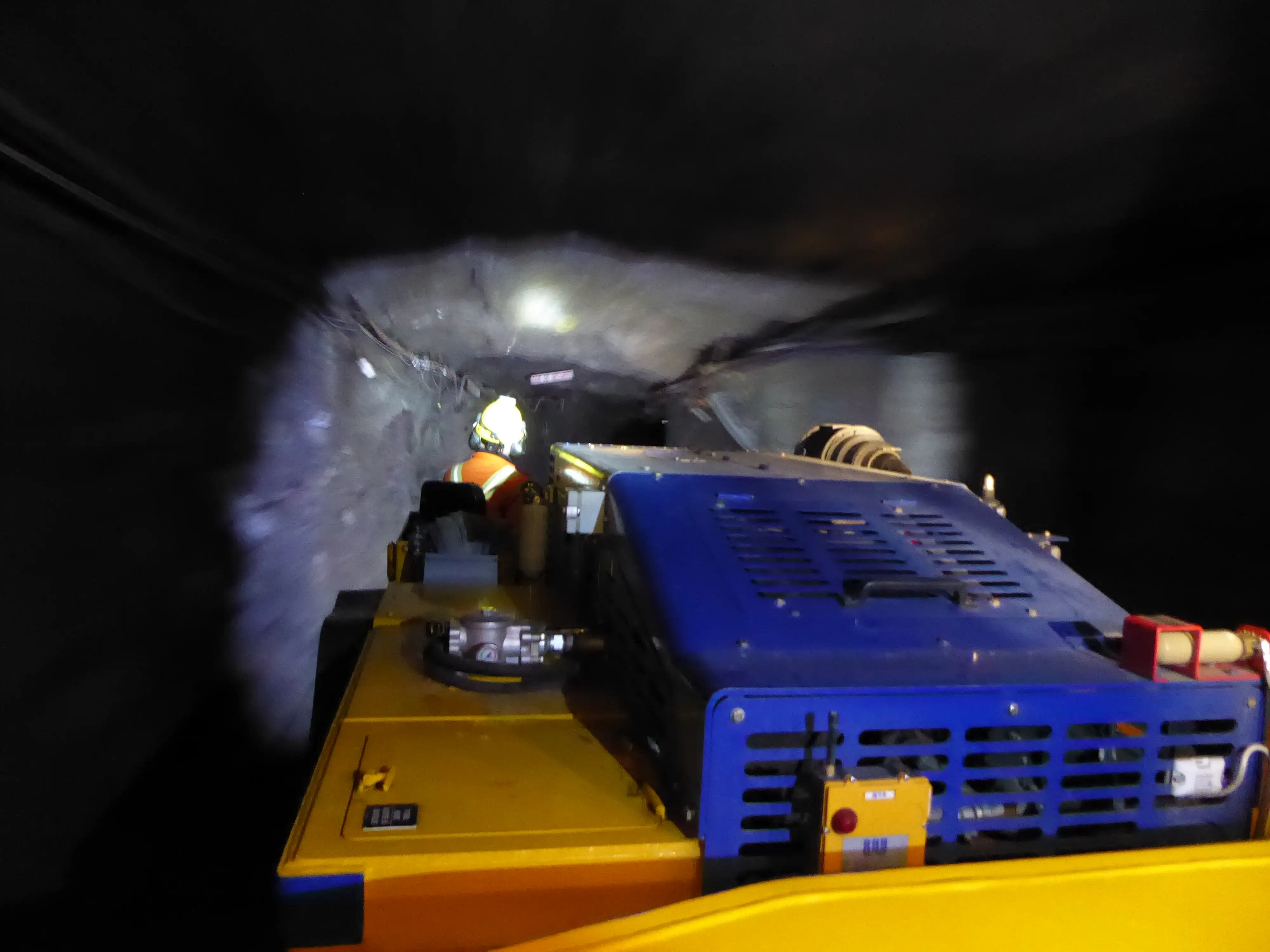
Mining Heritage in Abitibi-Temiscamingue
A visit to Abitibi offers a glimpse into the past and present of Canada’s mining industry. At La Cite de l’Or you can suit up like a miner—hard hat and all—and descend 300 feet underground into a historic gold mine in Val-d’Or. The visit is a multisensory experience: You’ll smell the musty dampness of the mine, hear recordings of the clamorous machinery the miners would have used, turn off your helmet light to see just how pitch-black it is underground, and feel the chill of your descent from the surface as you head deep into the Earth.
Just down the street from La Cite de l’Or are historic wooden houses that were home to workers when the mine opened in the 1930s. One is open to the public, so visitors can see period furniture and learn about what the miners’ lives were like (including what their “vices” were: casinos, taverns, and houses of prostitution, on which they were tempted to spend their paychecks).
To see how modern-day mining has changed, visit the massive Canadian Malartic mine, which produced more than 18 tons of gold last year. Check out the Mineralogical Museum nearby, then climb the stairs to the viewing platform high above the mine, which is so large it makes the full-size trucks and machinery below resemble children’s toys.
Food and Drink
For a region without any big cities, Abitibi offers a surprising variety of food. Rouyn-Noranda has the most options, ranging from excellent Asian fare at Horizon Thai to tapas and inventive takes on local dishes at Le Cachottier. Consider having breakfast at the friendly Le Saint-Exupery cafe, and—because you can’t visit Quebec without having some poutine—stop by the 24-hour Chez Morasse, which offers more than a dozen different takes on this famous dish of fries, gravy, and cheese curds.
In Val-d’Or, Abitibi’s other main city, top restaurant choices include Windsor, offering French/Canadian fine dining; Balthazar, a cozy cafe and bakery; and Bar Bistro l’Entracte, which serves up contemporary cuisine that includes both regional dishes and sushi, and often hosts live music.
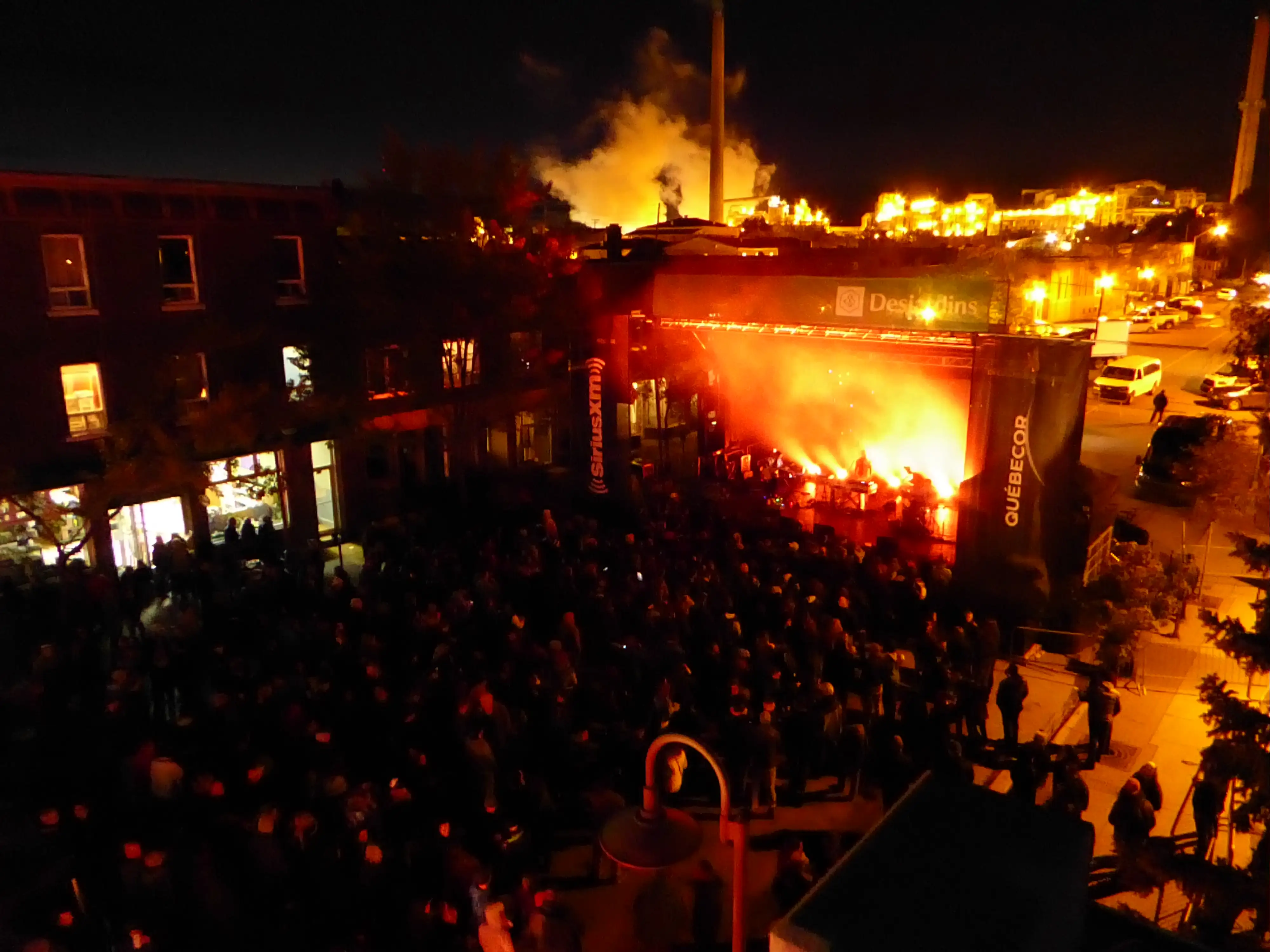
Festivals and Events
Abitibi-Temiscamingue offers a number of annual festivals and events that are worth planning your trip around. Love music? In late summer Rouyn-Noranda hosts the Festival de Musique Emergente (FME), or Emerging Music Festival, featuring up-and-coming artists in genres ranging from folk and rock to electronica and rap. Visit in the spring for the Festival des Guitares du Monde en Abitibi-Temiscamingue, also in Rouyn-Noranda, when dozens of gifted guitarists take the stage. Every August, Osisko en Lumiere lights up Rouyn-Noranda with concerts and fireworks over a three-day period.
If your tastes run more to food, head to the little town of Ville-Marie in August for its Foire Gourmande, or Gourmet Fair, where you can sample regional specialties and take cooking classes while enjoying a range of arts, crafts, and musical performances.
Interested in indigenous culture? Travel to Amos for the Pow-Wow de Pikogan, featuring traditional songs and dances.
More from SmarterTravel:
- 17 Surprising Reasons to Visit Montreal and Quebec This Summer
- Canada 150: Quebec Delivers the Ultimate Summer Vacation
- Canada Travel Guide: What to Do in Canada
[viator_tour destination=”264″]
Sarah Schlichter traveled to Abitibi-Temiscamingue as a guest of Tourism Quebec. Follow her on Twitter @TravelEditor for more travel tips and inspiration.
We hand-pick everything we recommend and select items through testing and reviews. Some products are sent to us free of charge with no incentive to offer a favorable review. We offer our unbiased opinions and do not accept compensation to review products. All items are in stock and prices are accurate at the time of publication. If you buy something through our links, we may earn a commission.
Related
Top Fares From
Today's Top Travel Deals
Brought to you by ShermansTravel
12-Night Peru Escorted Tour, Incl. Sacred...
Wingbuddy
 vacation
$2198+
vacation
$2198+
Amsterdam to Copenhagen: Luxe, 18-Night Northern...
Regent Seven Seas Cruises
 cruise
$12399+
cruise
$12399+
Ohio: Daily Car Rentals from Cincinnati
85OFF.com
 Car Rental
$19+
Car Rental
$19+
